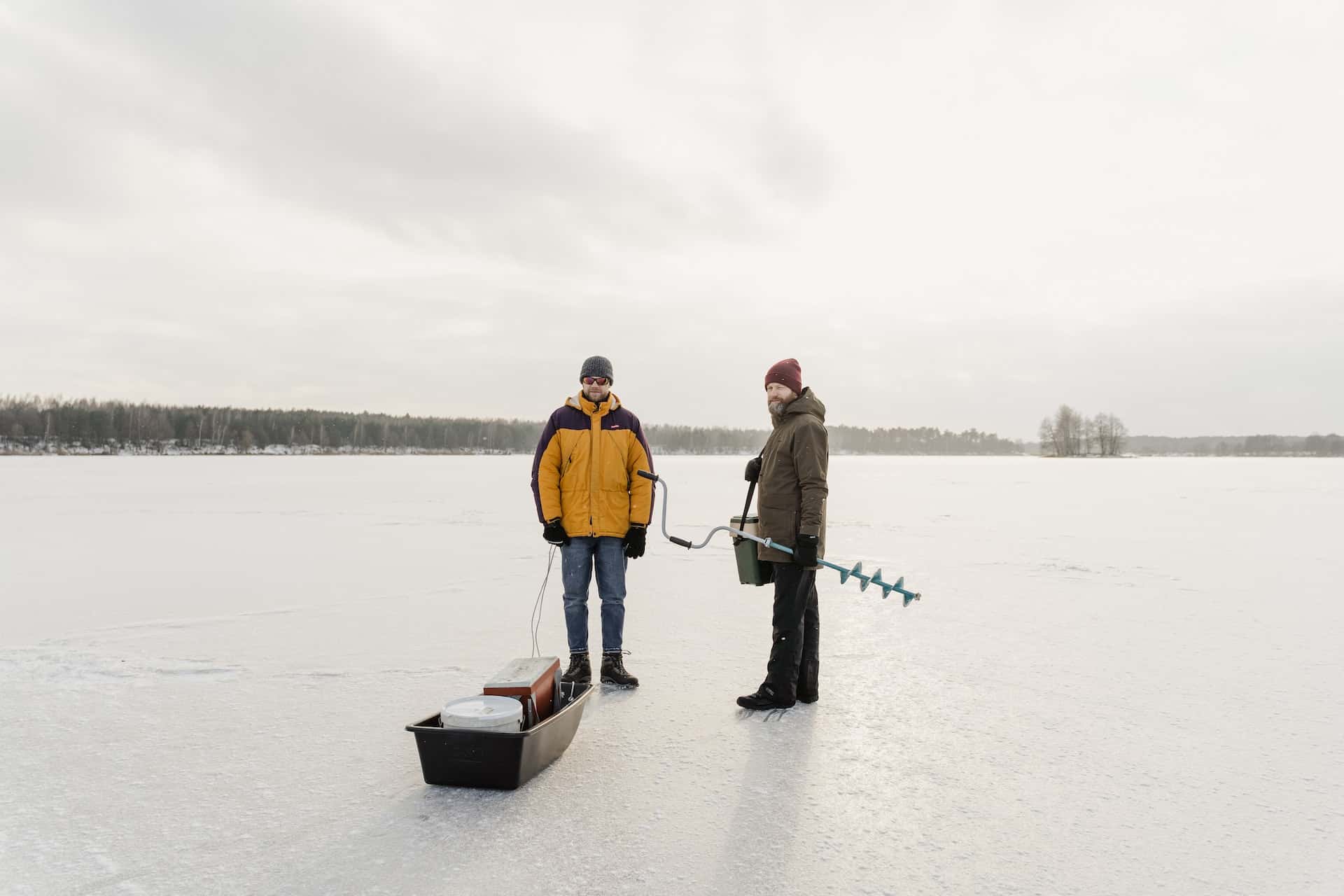Ice fishing can be a fun and rewarding experience, but it’s important to prioritize safety at all times. From choosing the right equipment to staying alert and aware of your surroundings, there are many factors to consider to ensure a successful and safe ice fishing trip.
Ice Condition and Thickness
One of the most important things to consider when it comes to ice fishing safety is the thickness and condition of the ice. Ice thickness can vary greatly depending on the location and the weather conditions, and it’s important to check the ice regularly to ensure that it is safe to walk on.
A general rule of thumb is that ice should be at least 4 inches thick to support the weight of a person, and at least 5-7 inches thick to support the weight of a snowmobile or ATV. However, it’s important to note that these are only general guidelines, and the actual thickness and safety of the ice can vary greatly depending on the location and conditions.
To check the thickness and condition of the ice, use an ice chisel or auger to drill a hole in the ice. Then, use a tape measure or ice thickness stick to measure the thickness of the ice. It’s also a good idea to check the ice in several different locations, as the thickness can vary greatly even in a small area.
In addition to checking the ice thickness, it’s also important to look for other signs of potential danger. For example, avoid areas where there are cracks, pressure ridges, slush, or open water. These can all be signs that the ice is unstable and unsafe to walk on.
Proper Safety Equipment
Another important aspect of ice fishing safety is choosing the right equipment. It’s essential to use ice picks or cleats on your boots to help you maintain your footing on the ice. These are small but essential tools that can help prevent slips and falls on the ice.
It’s also a good idea to use a floatation device, like a life jacket or flotation suit, when ice fishing. This will provide added buoyancy and can help keep you afloat if you happen to fall through the ice.
In addition to ice picks and floatation devices, it’s also important to have the right clothing and gear for your ice fishing trip. Layering is key, as you’ll want to stay warm and dry while on the ice. Wear insulated and waterproof boots, gloves, and a hat, and consider using hand and foot warmers to help keep your extremities warm.
It’s also a good idea to bring along a backpack or ice fishing bag with essential items like a first aid kit, a flashlight, a cell phone, and a map of the area. These can all be helpful in case of an emergency, and can help ensure that you have a successful and safe ice fishing trip.
Stay Alert
Another important aspect of ice fishing safety is staying alert and aware of your surroundings. It’s essential to pay attention to the weather and the conditions on the ice, and to be prepared to adapt and adjust your plans if necessary.
For example, if the weather changes and the ice becomes unsafe, it’s important to know when to call it a day and head back to shore. And, if you do fall through the ice, it’s essential to remain calm and to use your ice picks or floatation device to help you get out of the water and back onto solid ice.
In conclusion, ice fishing can be a fun and rewarding experience, but it’s important to prioritize safety at all times. By following these tips and being prepared for potential hazards, you can ensure a successful and safe ice fishing trip.








